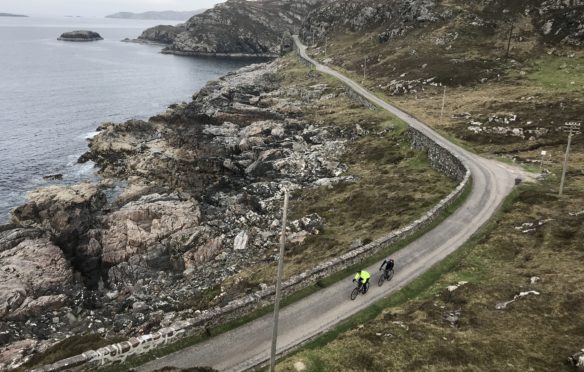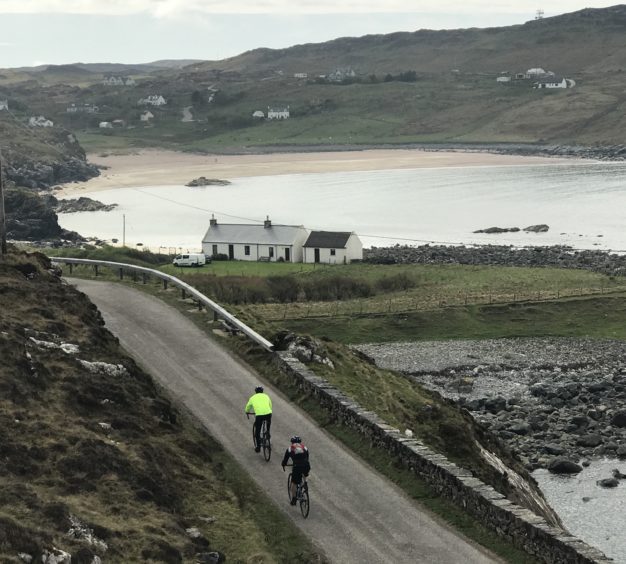As a kid my fascination for cycling grew with every passing day, but it was a time when information was at a premium and hard to find. There was no cycling coverage on TV.
Channel 4 didn’t broadcast the Tour de France until the mid-1980s – I was still stuck in the beige and avocado of the 1970s and had a few years to go before I had the opportunity to be gripped by the colour and spectacle of that race.
I had heard of a magazine called Cycling Weekly, but my local newsagent didn’t stock it, and even if it had it was unlikely that my meagre pocket money would cover its cost. My lack of knowledge actually fired my interest in the sport and the mystery that seemingly surrounded it drew me in. That my friends were even more clueless and couldn’t care less about the sport of cycling, and were more interested in kicking a ball around the park, was the icing on the cake. I actively tried to be different to them. I hated team sports and didn’t consider myself to be “sporty”.
To be a sporty person meant playing football or rugby, or being good at running on school sports day. That was not me. The fact that I could head out on a 10 mile bike ride through the villages and in the hills around where I lived was not what I considered sporty. It was just what I did and what I enjoyed. Team sports were activities where others had to rely on me being good at the game, where I had to rely on them and, most importantly, where I had understand the rules. With cycling, as far as I was concerned, there were no rules and the only person I could let down was myself.
My knowledge grew slowly over the years, mainly from trial and error, but with some guidance from an old training diary of my dad’s and a strength and conditioning booklet from the 1950s that I found lying in a dusty corner of the attic of our family home.
However, rather than these tomes demystifying the road before me I usually ended up more baffled about riding a bike – sections about gearing ratios could well have made more sense to me if they had been written in another language.
But by the time I was 12 I was building up a knowledge I was proud of – it certainly wouldn’t have fooled any “proper” cyclists (as I found out later when I joined my first club), but it certainly made me look wise in front of my friends – if they cared a jot.
In those days I could have no idea that riding a bike would lead to so many adventures and become ingrained so deeply in my life and that of my family.
Looking back I can see all the junctions in my life and the decisions that led to where I am now. I always tended to follow the route that veered slightly off-course to everyone else. Doing so meant there have been tough times and there have been magnificent times. I may never be rich in financial terms, but when I consider the journey I have had, the pure pleasure of being able to get up every morning and go out and do something I love, and the people I have met along the way, I feel extremely grateful that I followed my own path.
Where to Ride: OS 1:50,000 Map 15 Start – Inchnadamph
Distance: 48 miles
Details: This is one of the most amazing cycling routes in Scotland, but as it’s popularity grows, as part of the NC500 route, sadly, the amount of traffic is increasing.
Heading out from Inchnadamph up and over the shoulder of Quinaig, turn left before Kylesku signed to Drumbeg. The road here is like a roller coaster with steep climbs and sharp corners. Because of this it’s better ridden early in the morning or early evening when there is less traffic filling the single track road.
Head to Lochinver, the turn left along Loch Assynt to Inchnadamph











